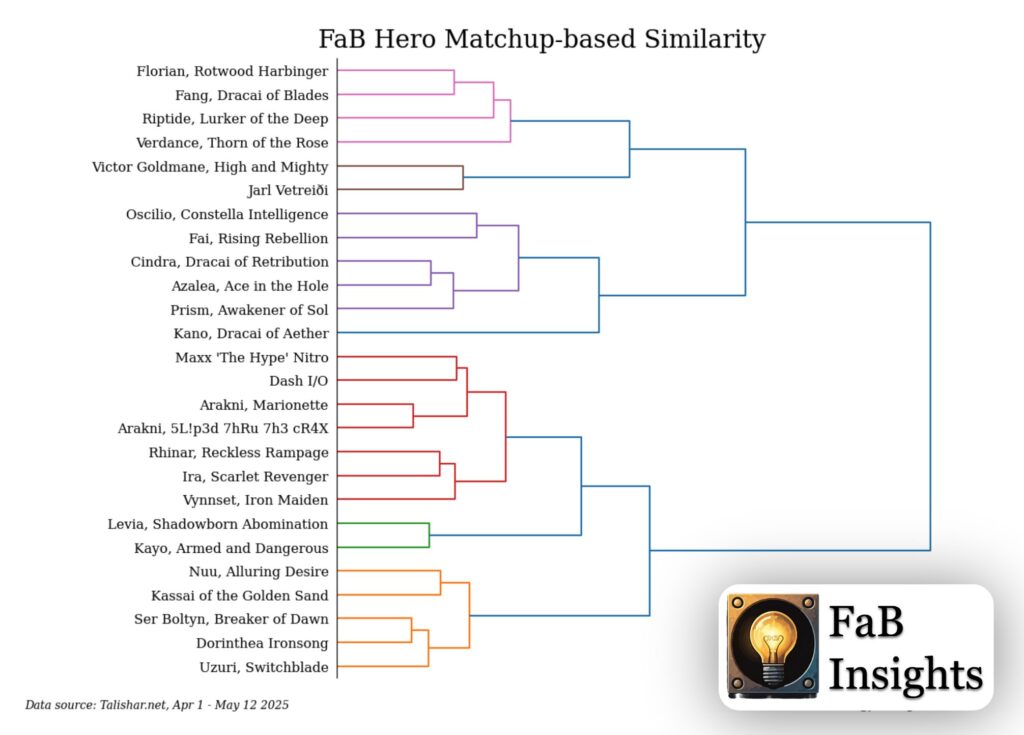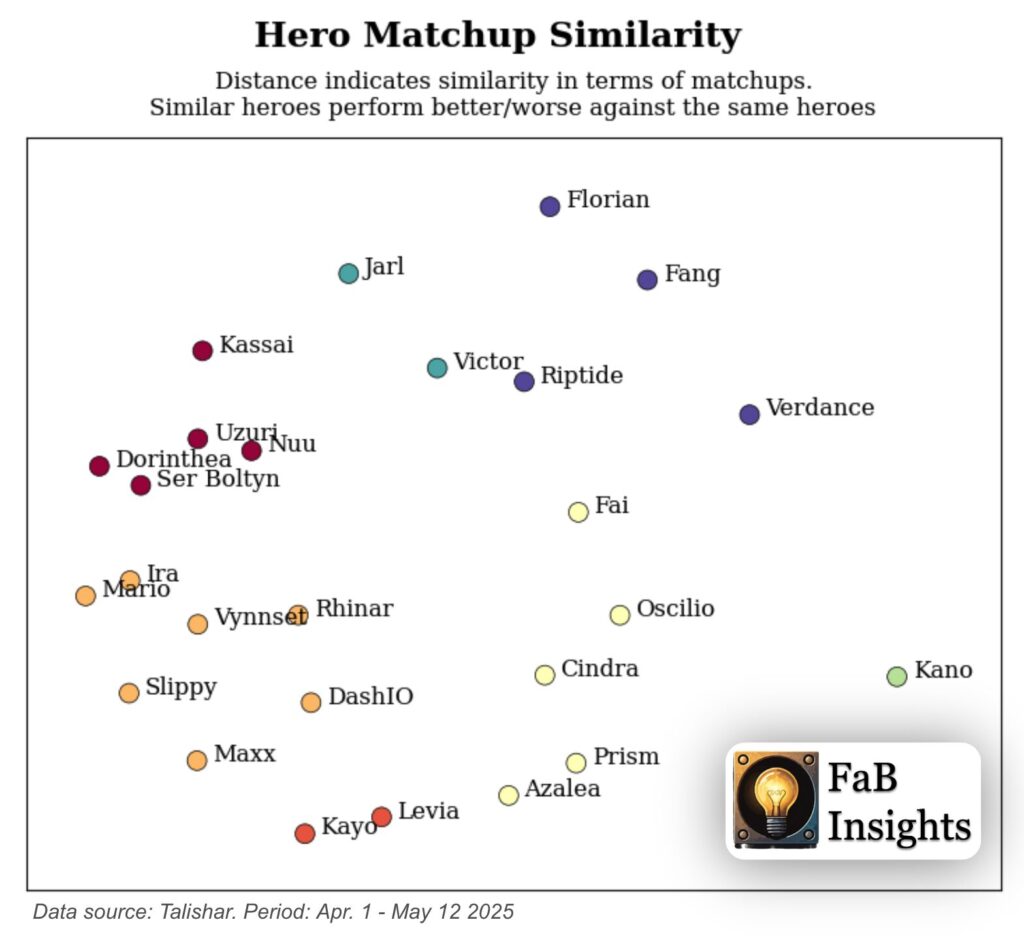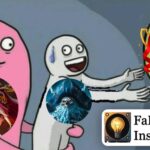The recent ascensions to Living Legend have already shaken up the meta – and with the release of High Seas on the horizon, another shift is imminent. How can we prepare for whatever strategies rise to the top next?
While sideboarding offers some flexibility, it’s often not enough when the meta moves sharply. That’s why many players keep a backup deck – not just for power, but for positioning.
This is where matchup clustering becomes invaluable.
Instead of asking, “What’s the best deck right now?”, clustering asks a smarter question: “Which decks share the same matchup dynamics – and which offer something different?” It maps the field based on function and matchup data, not just class or archetype.
What Is Matchup Clustering?
This method analyzes head-to-head win rate data to uncover patterns. Heroes that tend to win or lose against the same opponents fall into the same cluster – even if they’re from completely different classes.
This helps you spot redundancy between decks and identify truly complementary strategies. If your primary deck falters in a shifting meta, clustering can show you which decks succeed where yours struggles.
Why It Matters
When the meta evolves, reactive swaps often land players in decks with similar matchup footprints. Clustering helps you avoid that by making matchup overlap visible.
It’s especially valuable when:
- Building a backup that targets different threats,
- Choosing between seemingly similar heroes,
- Or preparing for multi-hero formats or team events.
Rather than guessing, you’re working from data – and that makes all the difference.
What the Data Shows
As seen in a previous article, some heroes clustered tightly with others from different classes. What mattered wasn’t who had the highest win rate – but who shared matchup tendencies.

For example, one cluster grouped Fai, Oscilio, Cindra, Azalea and Prism – very different on paper, but showing similarity in how they interact with the field. I will dare to interpret this being due to their low ability to block and overall aggressiveness.
That kind of insight is what lets you say, “If the meta shifts against Cindra, maybe I pivot to a hero that targets different weaknesses – not one that behaves the same.”

We can see another cluster made up by Levia and Kayo, both highly aggressive brutes with plenty of anti-Prism poppers. Below is thei average win rate mapping.

On the other hand there are cases like Kano, where the reader will agree that the gameplay is unlike any of the other heroes.

Verdance also seems to stand out as a separate entity, but is overall positioned closer to other slower heroes like Florian, Riptide and even the warrior Fang. This cluster is a great example of similarities that go beyond classes. Indeed Riptide‘s trap-rich gameplan, despite also being a Ranger, has little to do with that of the more aggressive Azalea. In this slower cluster we indeed see some tendency to perform worse against faster decks who try to outpace them.

More Than Just Winning
Not every deck needs to beat the whole field. That’s almost never possible. But if you’re thinking ahead – building a two- (or even three-)deck plan, preparing for a local meta, or teaming up with others – matchup clustering helps you cover more bases.
It turns reactive sideboarding into proactive meta planning.
Final Thought
It’s easy to chase whatever’s winning today. But smart strategy means thinking ahead.
Matchup clustering doesn’t just show what’s strong – it shows how decks function in the meta and what kind of coverage they offer. That makes it a powerful tool for navigating shifts, planning backups, and avoiding redundancy.
In a changing season, don’t just ask what wins. Ask what complements. Ask what covers.
Let the data guide your decisions.



